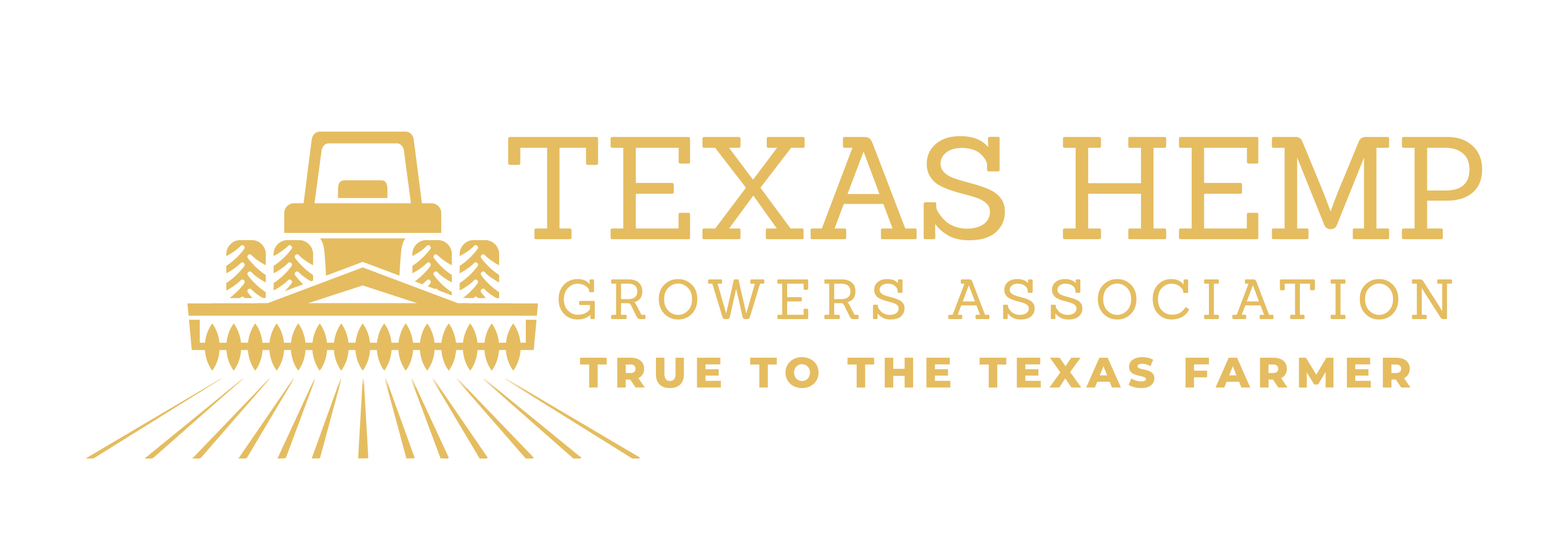DISEASES
Fungicides are not registered for use on industrial hemp for any disease. Research is required to determine the efficacy of the products and timing of application. Crop rotation is the best cultural practice to avoid disease build-up. A four-year rotation away from a similar crop is recommended.

Sclerotia formed inside the stem
When sclerotinia develops in the stem, it will cause premature ripening or in the early stages of plant development will kill the plant. The black sclerotia generally form on or inside the hemp stalk.
The sclerotia are generally in the bottom one third of the stem so they are often cut off at harvest and do not contaminate the grain sample.
Sclerotinia damage is greatest when it affects the hemp head.

Early stage of sclerotinia infection and late stage of sclerotinia infection
Sclerotinia sclerotiorum (white mold) and Botrytis cinerea (grey mold) are common molds and the most serious diseases affecting industrial hemp.
The fungus sclerotinia occurs in all areas of Canada where canola, sunflowers, edible beans and soybeans are grown. The severity of sclerotinia stem rot is variable from year to year, region-to-region and even from field to field. The incidence of sclerotinia has risen as the acreage of similar broad-leafed crops increases. Management practices that contribute to high yields also produce dense canopies, which creates a microclimate for disease development. Wet, warm weather patterns also favor disease development.
The hard, black sclerotia overwinter in the soil where they can remain viable for more than five years. Short rotations of host crops will increase the number of sclerotia in the soil. Warm, moist soils conditions that last for at least 10 days encourage the development of apothecia (small mushroom like growths) from the sclerotia. A heavy canopy keeps the soil surface moist and creates ideal conditions for the apothecia to grow and release the spores. Under ideal conditions, the apothecia can continue to develop until late September. Infection of host plants occurs from airborne spores produced by the sclerotia in the soil.
The spores are spread by the wind for several miles. Insects such as honeybees can also carry spores. Crop rotation is one of the best forms of defense in hemp to date, but dependent on the crops grown in the area, the field can still have severe infestation regardless of the field rotation.
Spores will infect the stem and the grain head in hemp. Moist conditions from rainfall, high relative humidity and warm temperatures increase the spore survival and growth.
The bracts in the hemp head create ideal conditions and food for survival and development of the ascospores (early apothecia). The denser the head, often the more severe the infection of the hemp crop under ideal conditions. Humid conditions and temperatures between 20° and 25°C encourage growth. Dry conditions can slow down or stop development. During harvest, the sclerotia are either returned to the soil to continue the disease cycle or are removed from the field in the grain sample.

Hemp nut wheat and cclerotinia bodies present
Texas Disease Susceptibility
Texas A&M AgriLife Extension Plant Pathologist Dr. Tom Isakeit, t.isakeit@tamu.edu provides a preliminary write-up for potential diseases to industrial hemp including cotton root rot and powdery mildew in humid/coastal area. Other possibilities include Pythium and viruses.

